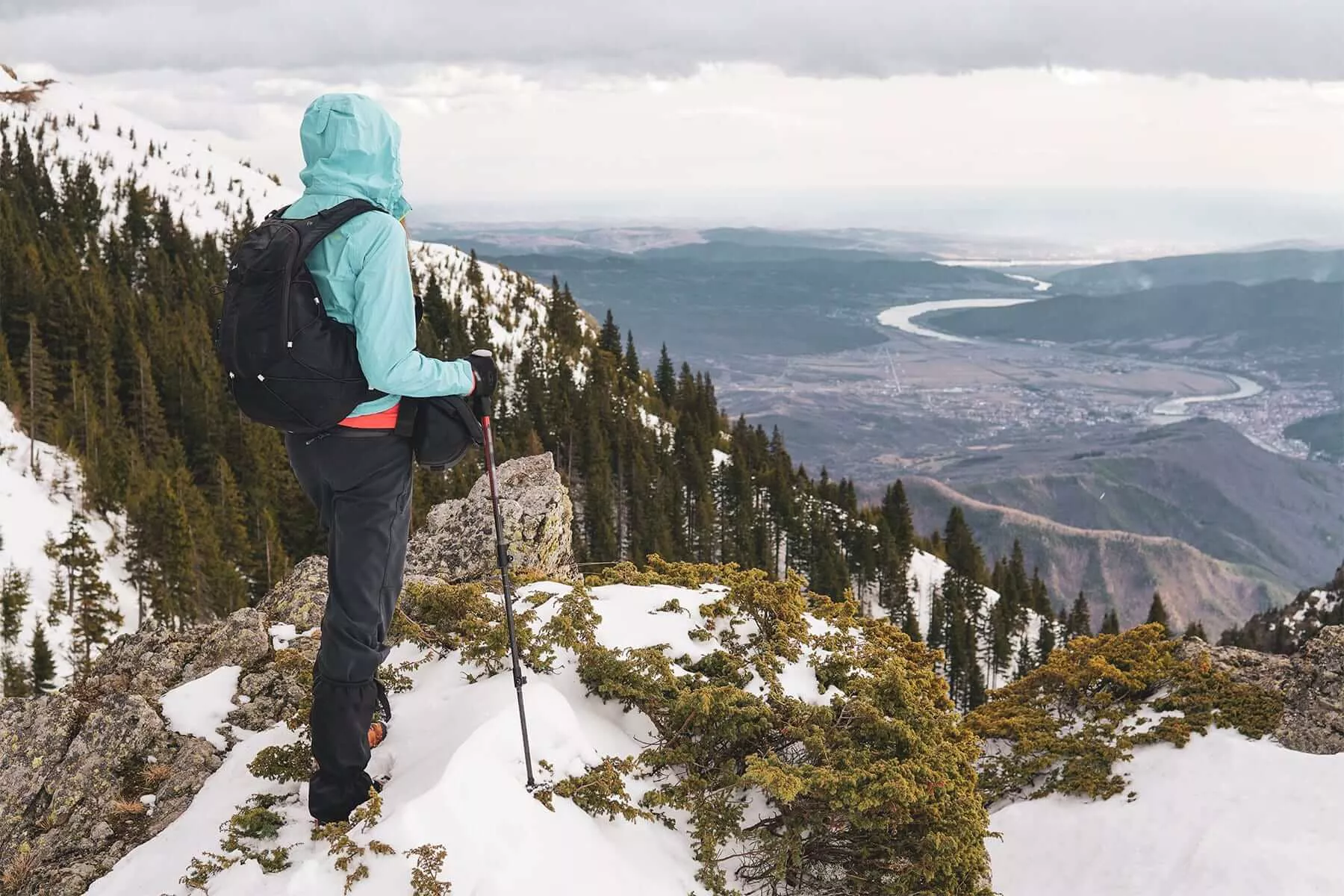
When it comes to hiking gear, it’s important to invest in quality items that will keep you comfortable and safe on the trail. Here are some items to consider including in your hiking gear:
By following these tips and guidelines, you can help ensure a safe and enjoyable hiking experience. Remember to always be prepared, stay aware of your surroundings, and respect the natural environment. Happy hiking!